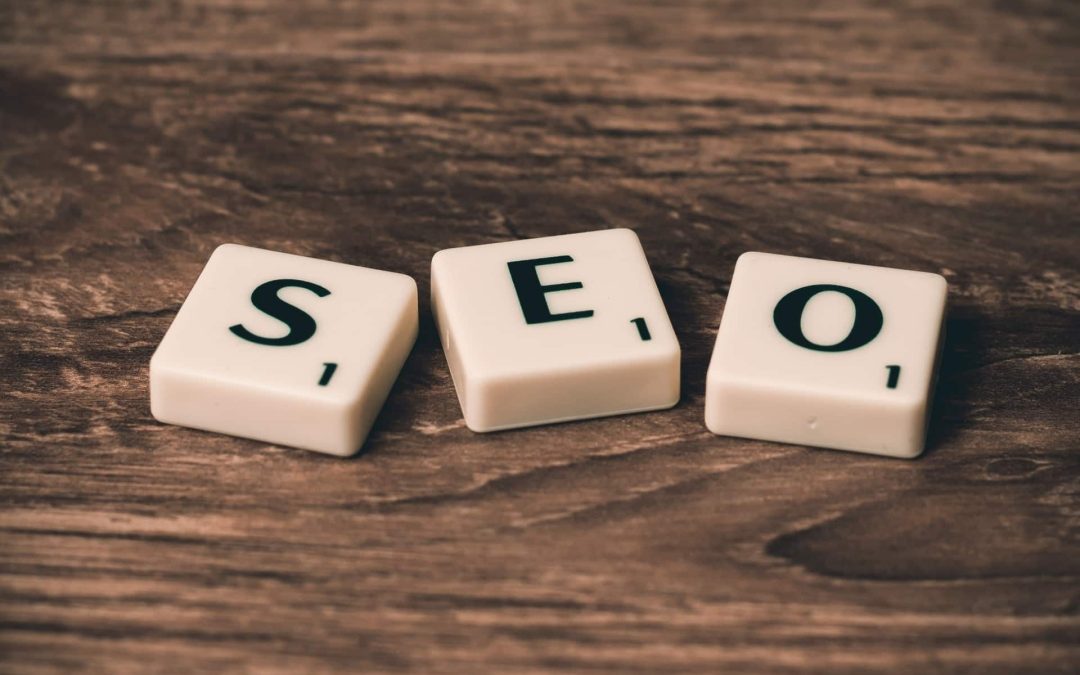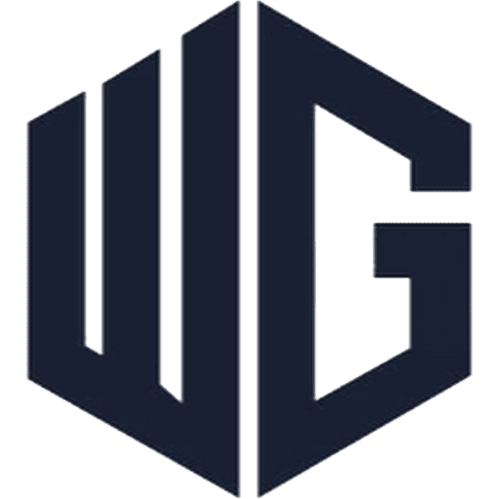What is Landing Page Optimization?
At WebGorgeous, we understand the importance of having a well-optimized landing page. Landing Page Optimization, or LPO for short, is the process of improving the performance of a landing page to increase conversions, reduce bounce rates and improve the user experience.
A landing page is a standalone page that a visitor arrives at after clicking on an online advertisement or a search engine result. Landing pages are designed to convert visitors into leads or customers. They are an essential element of any digital marketing campaign, be it SEO, content marketing, or paid advertising.
A well-optimized landing page can significantly enhance the effectiveness of your marketing efforts. In this article, we will discuss the key elements of a well-optimized landing page, the best optimization strategies, and the common mistakes to avoid. We will also introduce you to some of the tools that can help you optimize your landing pages.
Importance of Landing Page Optimization
As a website owner, we cannot underestimate the importance of landing page optimization. It is a critical aspect of our online marketing strategy that can significantly impact our website’s performance. By optimizing our landing pages, we can achieve the following benefits:
Increase in Conversions
One of the primary goals of landing page optimization is to increase conversions. A conversion occurs when a visitor takes a desired action, such as filling out a form or making a purchase. The more optimized our landing page is, the more likely it is that visitors will convert. By improving our conversion rate, we can increase our revenue and ROI.
Reduction in Bounce Rates
Another significant benefit of landing page optimization is the reduction in bounce rates. A bounce occurs when a visitor leaves our website after viewing only one page. A high bounce rate indicates that visitors are not finding what they are looking for on our website. By optimizing our landing pages, we can reduce bounce rates, keep visitors on our website longer, and increase the chances of converting them into customers.
Improvement in User Experience
Landing page optimization also improves user experience. By providing visitors with a well-optimized landing page, we can ensure that they have a positive experience on our website. A well-designed landing page that is easy to navigate, loads quickly, and provides relevant content can help to build trust and credibility with our visitors. This can lead to increased engagement, repeat visits, and improved customer loyalty.
In conclusion, landing page optimization is a critical component of our online marketing strategy. By optimizing our landing pages, we can increase conversions, reduce bounce rates, and improve user experience. To achieve the best results, we should focus on key elements such as headlines, copy, call to action, visuals, form and social proof, and use the best optimization strategies like A/B testing, mobile optimization, speed optimization, simplification, and personalization. Lastly, we should avoid common mistakes like weak headlines, confusing navigation, slow loading times, and non-responsive design.
Key Elements of a Well-Optimized Landing Page
At our digital marketing agency, we have found that optimizing landing pages is one of the most effective ways to boost website conversions and generate leads. However, to achieve this, we need to incorporate certain key elements. In this section, we will dive deep into the essential components that we consider when optimizing a landing page.
1. Headline
The headline of a landing page is the first thing that visitors see when they land on a page. Therefore, it should be engaging and should clearly communicate what the page is about. A good headline should be clear, concise, and highlight the main benefit of the product or service being offered. Ideally, it should be less than 20 words and should include the primary keyword. We recommend testing different headlines using A/B testing to determine which performs best.
2. Copy
The copy of a landing page should be persuasive and compelling. We recommend using short paragraphs and bullet points to make the copy easy to read and scan. The copy should also be benefit-driven and should clearly explain how the product or service solves the customer’s problem. We also suggest incorporating social proof to build trust and credibility with visitors.
3. Call to Action
The call to action (CTA) is the most important element of a landing page. It should be prominently displayed and clearly communicate what the visitor should do next. We recommend using action-oriented words to make the CTA more compelling, such as “Get started,” “Sign up now,” or “Download our guide.” We also suggest testing different CTAs to determine which one generates the most clicks.
4. Visuals
Visuals are a crucial element of a landing page. They should be engaging, relevant, and support the copy. We recommend using high-quality images that are optimized for web use. We also suggest using videos or animations to make the page more interactive and engaging.
5. Form
The form on a landing page is where visitors enter their information to become a lead. We recommend keeping the form short and only asking for essential information. We also suggest using a clear headline and subheadline to explain the benefits of filling out the form. Additionally, we recommend testing different form designs to determine which one generates the highest conversion rate.
6. Social Proof
Social proof is a powerful tool that we use to build trust and credibility with visitors. We recommend incorporating social proof into the landing page, such as customer testimonials, case studies, and awards. We also suggest using logos of well-known companies that have used the product or service being offered. This will help visitors feel more confident in their decision to convert.
Incorporating these key elements into a landing page can significantly improve the conversion rate and generate more leads. However, optimization is an ongoing process, and we recommend testing different strategies using A/B testing and other optimization tools to achieve the best results.
Best Landing Page Optimization Strategies
At our company, we understand the importance of landing page optimization in achieving higher conversion rates and improved user experience. To achieve these goals, we employ several effective landing page optimization strategies. Here are some of the best strategies:
7. A/B Testing
A/B testing is an effective way to compare two versions of a landing page to determine which performs better. By testing different elements such as headlines, images, and call-to-actions, we can determine which version performs better in terms of conversion rates. A/B testing can also help us make data-driven decisions for future landing page optimization efforts.
8. Mobile Optimization
With the rise of mobile usage, mobile optimization is crucial for any landing page. We ensure that all landing pages are optimized for mobile devices to provide a seamless user experience for mobile users. This includes optimizing page speed, font size, and call-to-action placement for mobile devices.
9. Speed Optimization
Page speed is a crucial factor in determining user experience and conversion rates. Slow-loading pages can lead to higher bounce rates and lower conversion rates. We optimize landing pages for speed by minimizing image sizes, reducing HTTP requests, and using caching techniques.
10. Simplification
Simplifying landing pages can lead to higher conversion rates. We simplify landing pages by removing unnecessary elements, using clear and concise copy, and providing a clear call-to-action. By simplifying landing pages, users can quickly understand the value proposition and take action.
11. Personalization
Personalization is a powerful way to increase user engagement and conversion rates. We use personalization techniques such as dynamic content and targeted messaging to provide a tailored experience for each user. This can lead to higher conversion rates and improved user satisfaction.
By employing these landing page optimization strategies, we have seen significant improvements in conversion rates, user experience, and overall performance. However, it is important to note that every landing page is unique, and what works for one may not work for another. By using tools such as Google Analytics, Crazy Egg, Unbounce, and Optimizely, we can test and optimize landing pages to achieve the best results.
Bonus: Tools for Landing Page Optimization
At this point, you have learned about the importance of landing page optimization and the key elements that make up a well-optimized landing page. However, you may be wondering how to put these principles into practice. Fortunately, there are several tools available to help you optimize your landing pages and achieve more effective results.
1. Google Analytics
Google Analytics is a free web analytics service that provides valuable insights into website traffic and user behavior. By integrating Google Analytics with your landing page, you can track and analyze important metrics such as page views, bounce rates, and conversion rates. This information can help you identify areas of your landing page that need improvement and make data-driven decisions to optimize your page for better performance.
2. Crazy Egg
Crazy Egg is another popular tool for landing page optimization that provides detailed visual analytics. Using heat maps, scroll maps, and click maps, Crazy Egg allows you to see exactly how users interact with your landing page. This information can help you identify areas of your page that are causing confusion or frustration for users and make informed decisions to improve your page’s design and layout.
3. Unbounce
Unbounce is a landing page builder that allows you to create and test custom landing pages without any coding skills. With Unbounce, you can easily create high-converting landing pages using a drag-and-drop interface and A/B testing capabilities. Unbounce also integrates with popular marketing tools like Google Analytics, Mailchimp, and Salesforce, making it a powerful all-in-one solution for landing page optimization.
4. Optimizely
Optimizely is a comprehensive optimization platform that allows you to test and optimize every aspect of your landing page, from headlines to images to forms. With Optimizely, you can run A/B and multivariate tests to identify the best-performing variations of your landing page and automatically implement changes for maximum impact. Optimizely also provides detailed analytics and insights to help you understand user behavior and make data-driven decisions for ongoing optimization.
By using these tools, you can take your landing page optimization to the next level and achieve more effective results. However, keep in mind that these tools are just one part of a larger optimization strategy. To truly maximize your landing page’s potential, you should also focus on other areas of SEO, such as technical SEO, conversion rate optimization, and on-page optimization. Additionally, content marketing strategies and link building strategies can also play a crucial role in driving traffic and conversions to your landing page. With a comprehensive approach to SEO and landing page optimization, you can achieve the best possible results for your website and business.
Common Mistakes to Avoid
At times, even well-intentioned and experienced marketers can make mistakes while optimizing landing pages. These errors can negatively impact the user experience, and consequently, conversions. Here are some common mistakes to avoid:
1. Weak Headlines
The headline is the first element on a landing page that visitors see. Therefore, it is crucial to make it impactful and attention-grabbing. A weak headline can cause visitors to lose interest and leave the website. To avoid this, we recommend using a clear and concise headline that states the benefit of the product/service you are offering. This should be followed by a subheading that provides further details.
2. Confusing Navigation
The navigation of a landing page should be simple and intuitive. Visitors should be able to find what they are looking for without having to navigate through multiple pages. Avoid using industry jargon or complex terms that visitors might not understand. We recommend using a clear and concise menu that highlights the key sections of your landing page.
3. Slow Loading Times
Slow loading times can frustrate visitors and cause them to leave the website. This can also negatively impact your search engine rankings. To avoid this, we recommend optimizing your landing page for speed by compressing images, minimizing the use of scripts, and using a content delivery network (CDN). You can use tools like Google PageSpeed Insights to analyze your landing page’s speed and identify areas for improvement.
4. Non-Responsive Design
With the increasing use of mobile devices, it is essential to ensure that your landing page is optimized for mobile devices. A non-responsive design can make your landing page difficult to navigate on mobile devices, leading to a poor user experience. To avoid this, we recommend using a responsive design that adjusts to the screen size of the device being used. This will ensure that your visitors can easily access your landing page on any device.
By avoiding these common mistakes, you can create a landing page that is optimized for conversions and provides a positive user experience. For more information on landing page optimization and other SEO best practices, check out our website’s content marketing strategies and on-page optimization guides.
Conclusion
Landing page optimization is a critical aspect of any online marketing campaign. With the right strategies, you can increase conversions, reduce bounce rates, and improve user experience. By focusing on the key elements of a well-optimized landing page such as the headline, copy, call-to-action, visuals, form, and social proof, you can create a page that engages your audience and drives results.
A/B testing, mobile optimization, speed optimization, simplification, and personalization are some of the best landing page optimization strategies that you should consider. By using tools such as Google Analytics, Crazy Egg, Unbounce, and Optimizely, you can measure and analyze the performance of your landing pages, and make data-driven decisions to improve your conversion rates.
To avoid common mistakes such as weak headlines, confusing navigation, slow loading times, and non-responsive design, you should follow the best practices of landing page optimization. At WebGorgeous, we can help you with all aspects of your online marketing campaign, including technical SEO, local SEO, conversion rate optimization, content marketing strategies, on-page optimization, link building strategies, international SEO, mobile SEO, and affordable website design.
By working with us, you can achieve your online marketing goals and grow your business. Contact us today to learn more about our services and how we can help you succeed.












0 Comments